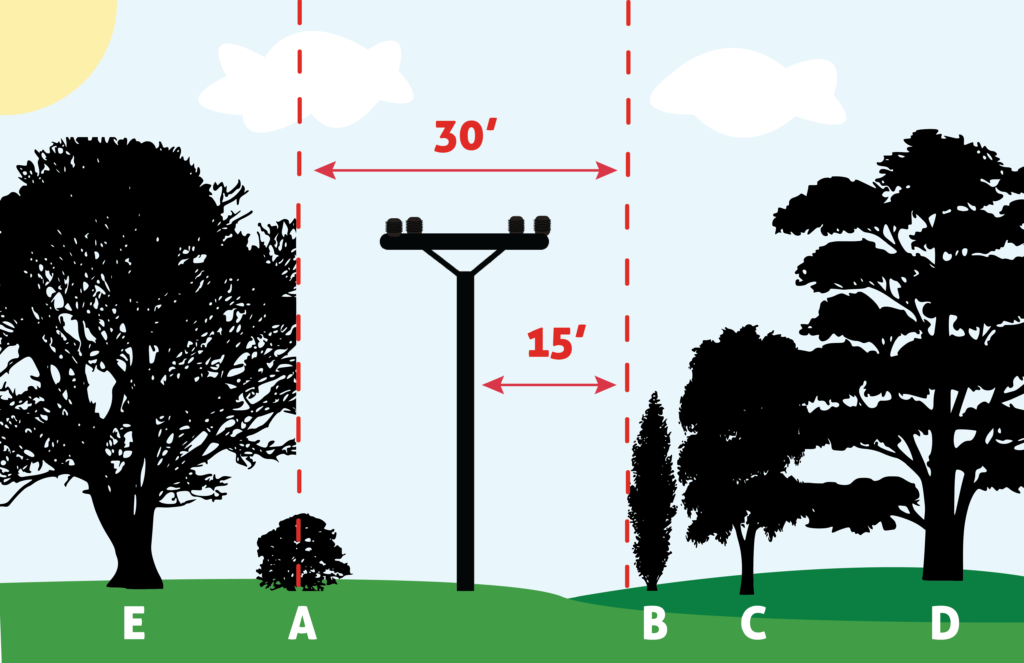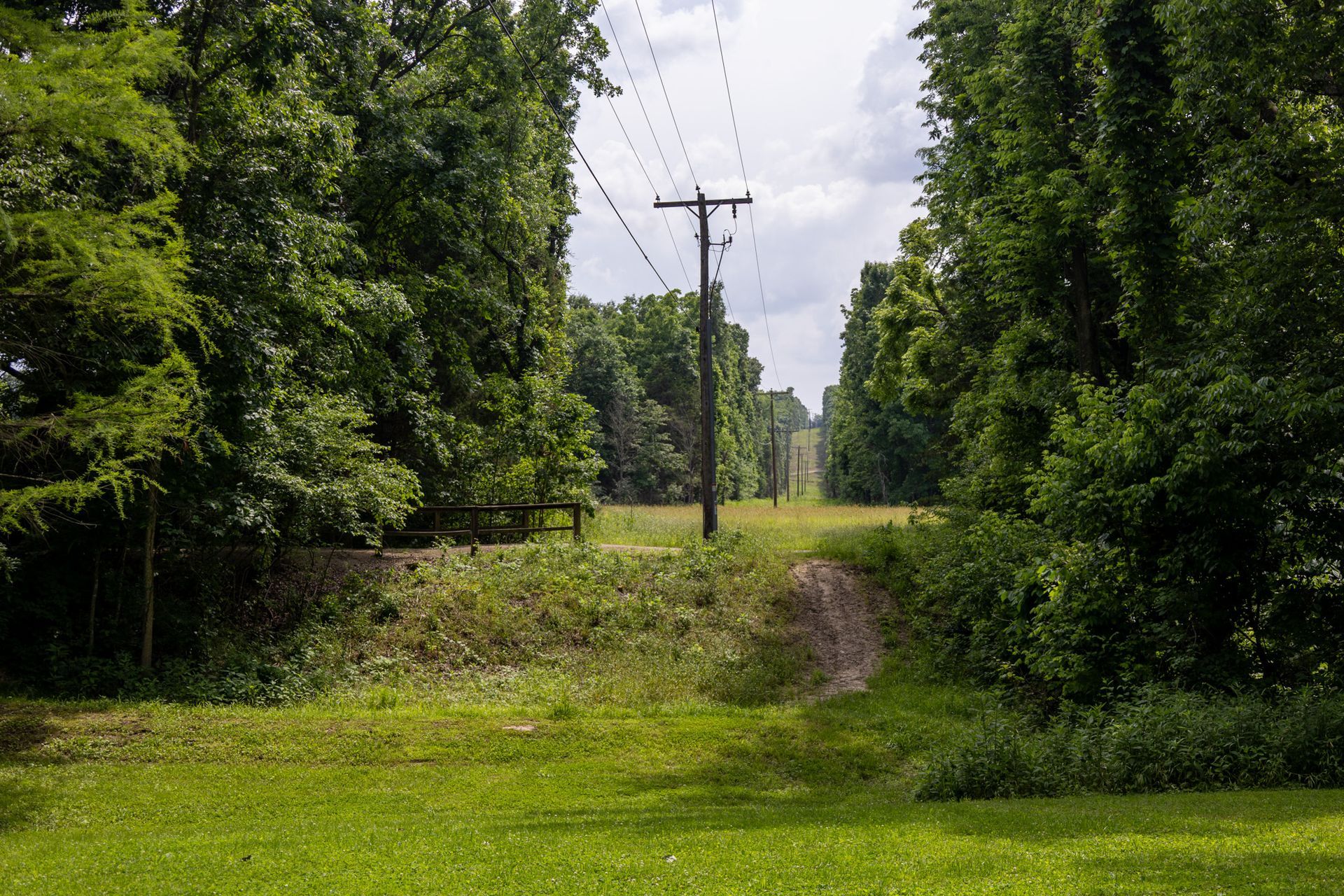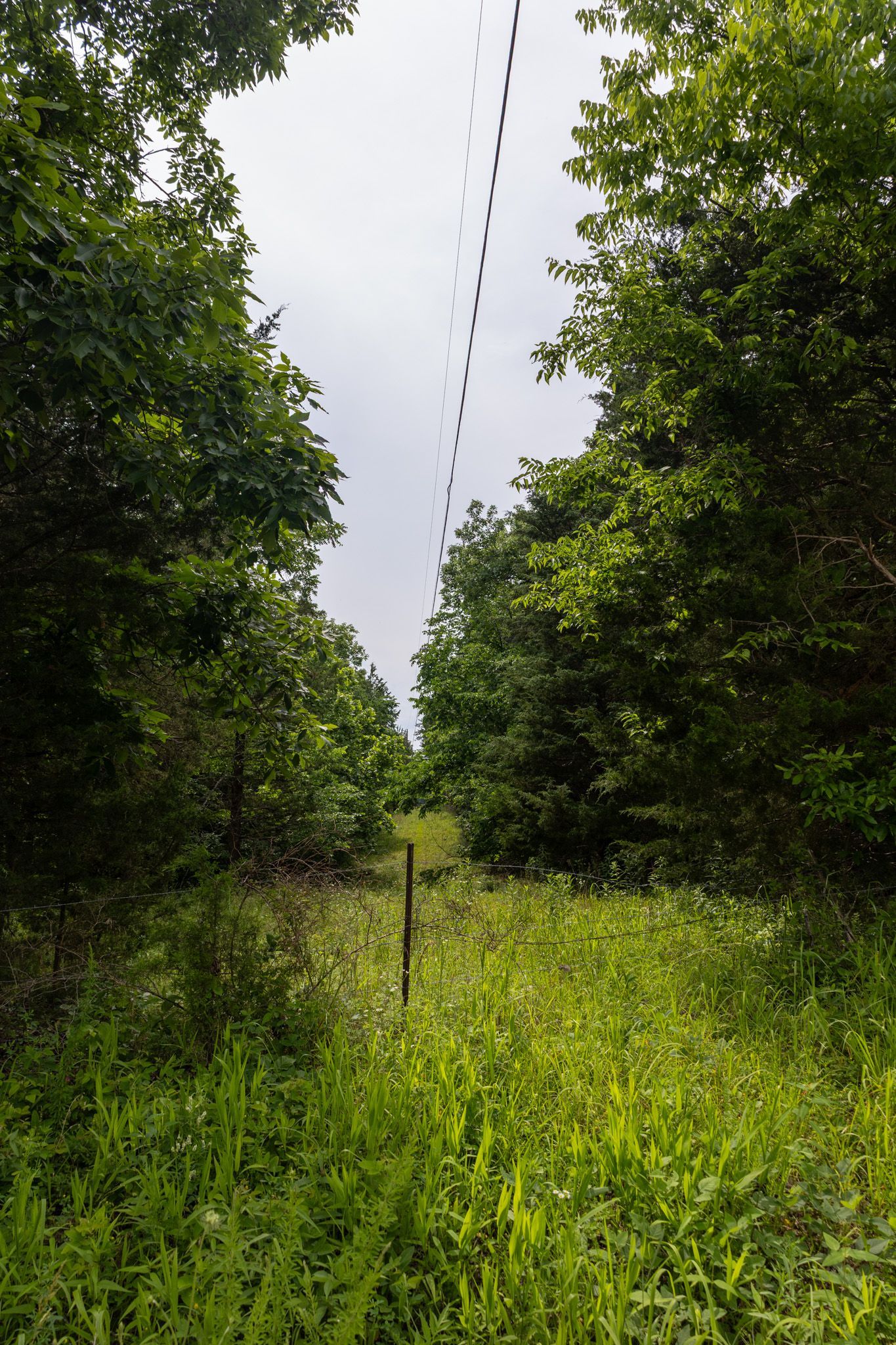Right-of-Way
Right-of-Way Clearing
At Southwest Electric Cooperative, ensuring the safety and reliability of our power lines is a top priority. Right-of-way clearing is crucial as it helps prevent power outages caused by overgrown vegetation and it keeps both our members and linemen safe. By maintaining clear pathways for our power lines, we minimize the rise of service interruptions and enhance the safety of our communities. See our scheduled ROW work below.
| Scheduled ROW Work | Substation | Feeders | Contractor | Estimated start date | Estimated completion date |
|---|---|---|---|---|---|
| Mechanical clearing | Pittsburg | East | Asplundh | 1/1/2025 | 2/15/2025 |
| Mechanical clearing | Nemo | All | Asplundh | 2/15/2025 | 7/10/2025 |
| Mechanical clearing | Macks Creek | All | Asplundh | 7/10/2025 | 12/31/2025 |
| Herbicide Application | Eudora | All | Progressive Solutions | 6/1/2025 | 7/15/2025 |
| Herbicide Application | Slagle | All | Progressive Solutions | 6/1/2025 | 7/15/2025 |
| Herbicide Application | Cliquot | All | Progressive Solutions | 6/1/2025 | 7/15/2025 |
| Herbicide Application | Pleasant Hope | All | Progressive Solutions | 6/1/2025 | 7/15/2025 |
| Herbicide Application | Fair Grove | All | Progressive Solutions | 6/1/2025 | 7/15/2025 |
| Herbicide Application | Strafford | All | Progressive Solutions | 6/1/2025 | 7/15/2025 |
| Herbicide Application | Woodhill | All | Progressive Solutions | 6/1/2025 | 7/15/2025 |
| Herbicide Application | Buffalo | North | Progressive Solutions | 6/1/2025 | 7/15/2025 |
Trees in easements
We all appreciate trees. They beautify our property, and provide several benefits to our homes and property, and even sometimes increase our property value if placed properly. Everyone also appreciates electricity, although sometimes we take it for granted. We expect, and even feel entitled to reliable electric service. Unfortunately, trees and power lines are not a good mix. Trees growing in power lines can cause breaker operations (short service interruptions), power outages, and can also be deadly to you and your children. Our desire for both trees and electricity can sometimes cause conflicts when rights-of-way must be cleared to ensure safety and reliable service to our members.
Safety first & always
A very important reason for keeping the right-of-way clear is member, crew and public safety. Accidents can happen very quickly. Kids climbing trees can be a tragedy waiting to happen if they touch a limb in contact with an energized line or touch the line itself. The result can be severe injury or even death. Adults are also at risk if working around lines in trees. SWEC, like all utility companies, is required by, and willingly complies with National Electric Safety Code industry standards to keep trees out of power lines for safety reasons.
Reliability
Trees falling into power lines due to inclement weather can disrupt power to hundreds of consumers in a second. Not only do lines come down, but utility poles will break due to the fallen trees causing extended power outages. Pruning trees is only a temporary solution, the trees will almost always grow back and usually at faster rates after being trimmed. Trees must be permanently cleared using mechanical clear cutting and herbicide methods. Not all storm related outages can be prevented (heavy ice-covered lines can fall, vehicles accidents can break poles, etc.) but we can certainly minimize the damage by keeping the rights-of-way clear. When you see right-of-way crews out, please remember their work will help keep your power on during and in the aftermath of an ice storm or tornado.
State law
SWEC follows State laws governing right-of-way maintenance, specifically Missouri Revised Statute 537.340, which grants electric cooperatives operating distribution lines the authority to maintain power line right-of-way by trimming, removing, and controlling trees and other vegetation within 15 feet of either side of the centerline of electric lines. Read Statute 537.340 in its entirety here,
Paying back
To assure our members’ safety and their continuous power supply, SWEC contracts professional right-of-way maintenance crews to clear nearly 5,400 miles of line using mechanical and manual cutting accompanied by environmentally safe herbicide spraying methods during the year. SWEC takes this responsibility seriously and has committed millions of dollars to right-of-way maintenance since the 2007 ice storm. Right-of-Way maintenance has a great return on investment by reducing material and labor cost for restoration.
The 15-foot rule
When trees grow too close to power lines, they cause potential safety hazards to humans and possible power outages. SWEC requires a clearance zone beneath and 15 feet on either side of the power line. Existing trees that grow into power lines in this zone will have to be sprayed, trimmed, or cut away to avoid costly and undesirable blinking lights and outages. Overgrown utility easements make the job of locating and fixing power outages more time consuming, costly, and even dangerous for our members, the public and utility crews. By keeping the right-of-way clear, we can safely restore your power in less time.
Members working together
Carefully selected trees can make a beautiful landscape, provide shade in the warm months which lowers your energy bills, and reduce the need of right-of-way maintenance. You can help hold down cost and increase your power reliability by avoiding planting trees and bushes under or near power lines. By following the planting guidelines below and always calling the free 811 locate service before you dig, you will help us in our efforts to bring you safer, more reliable electric power. Give Southwest Electric’s right-of-way maintenance department a call before planting trees, especially if you have any questions about the types of trees to plant and where to safely locate them.
Tips for Planting:
A: If landscaping is needed near right-of-way areas or in the wire zone, choose low-growth shrubs under 5' in height.
B: Smaller trees should be 20' away from the power lines.
C: Medium trees need to be planted at least 35' away from lines.
D: Large trees need to be planted 45' away from overhead lines.
E: Trees planted too close to the lines will always be misshapen by unavoidable pruning of limbs to prevent interference with power lines.



